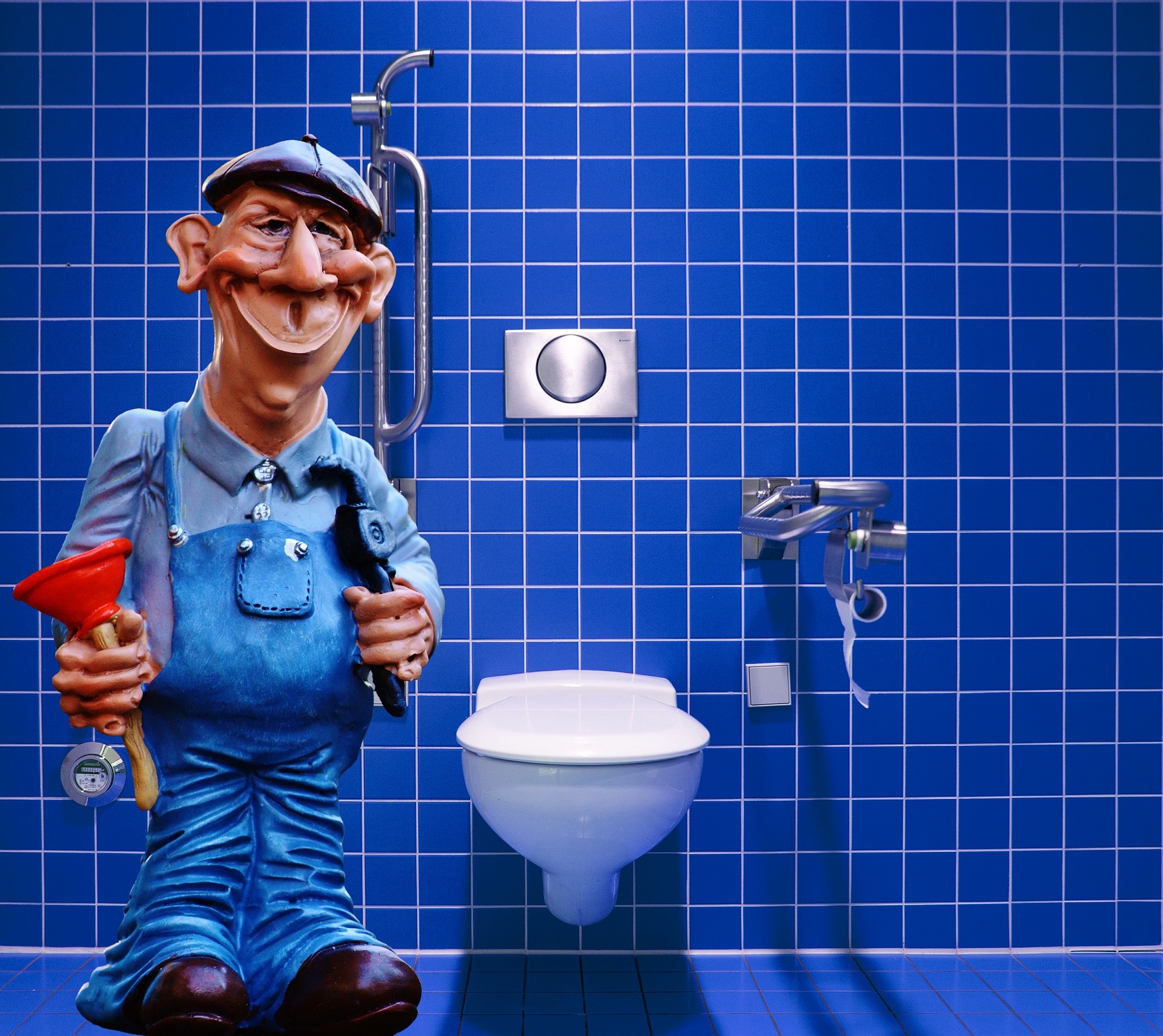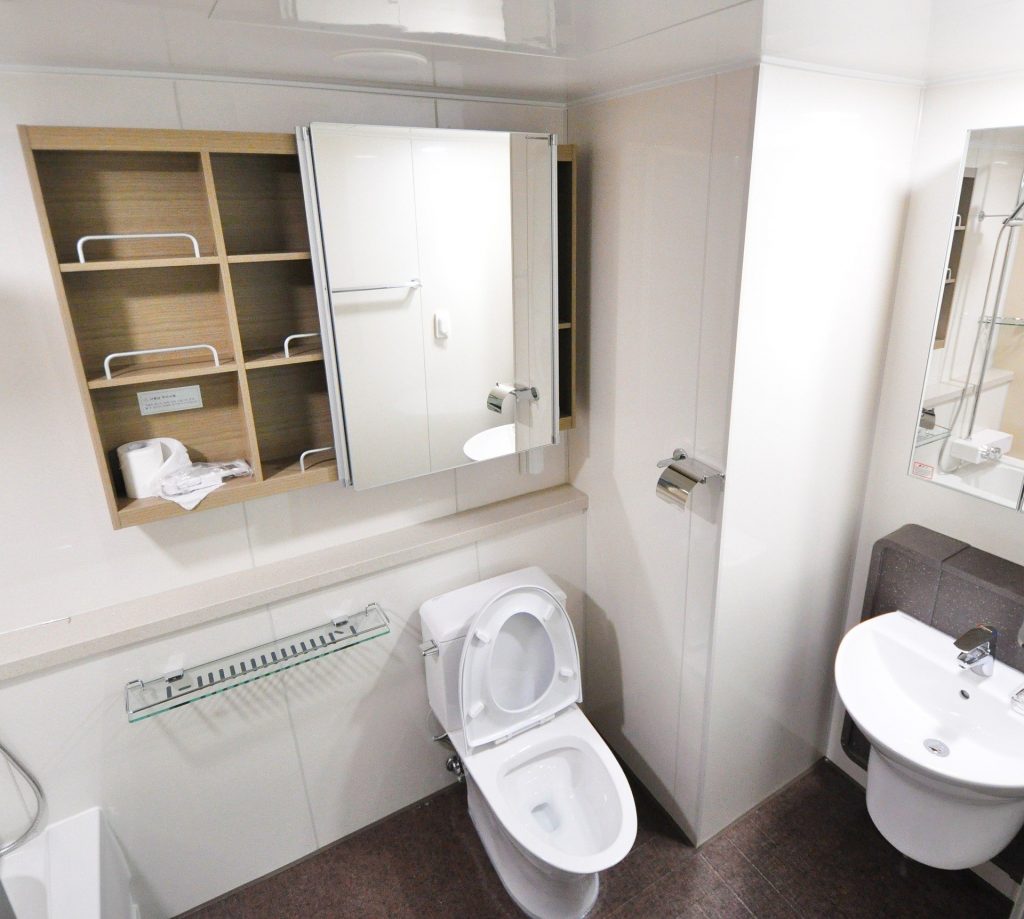Don’t panic. Overflowing toilets are quite common.
Despite being a common problem, we’re sure most of you would prefer to spend your weekend somewhere else instead of struggling with toilet overflows.
Do you want to solve your toilet problem? Then continue reading to find out more.
In this article, we’ll explain why your toilet is overflowing, what you can do to fix it, and how you prevent it from happening again in the future.
Toilets are perhaps among the most important appliances in the house. In addition to that, they’re also among the few appliances that rarely disturb.
You’ll rarely have to deal with a toilet-related problem, and that is why you must give toilet issues the seriousness they deserve.
Toilet overflows are usually a sign of underlying plumbing problems.
Causes of overflowing toilets

Below are some of the culprits responsible for your overflowing toilet.
1. Clogged pipes
Clogged pipes are pipes whose sections have been blocked by matter and, therefore, won’t allow water to pass through. By “matter,” we’re referring to materials like poorly disposed face wipes and even air pockets.
How do clogged pipes cause toilet overflows?
When your toilet’s pipes are clogged, they’ll prevent water from flowing when you flush your toilet after use.
Most of the time, toilet paper is the material behind the clog. Toilet overflows caused by clogs are common in older toilet units whose drainage system and flushing power is weak. In such a case, the best solution is to replace your toilet.
What if you’re using a modern toilet?
First, we’d advise you to quickly shut down your water supply system to stop the overflow from worsening. Next, get your plunger and try unclogging the toilet. If that fails, use a plumbing snake.
No progress? Then we’d advise you to call in the professionals. Not only will they fix the clog, but they’ll also diagnose your system to see if there are any underlying problems. If you live in Missoula, get in touch with us at Plumb-Tech.
If you’re not careful, such toilet overflows might evolve into sewage backups.
2. A faulty septic tank
To be specific, a “full” septic tank might be the root of your problem.
Septic tanks are very important plumbing devices responsible for storing waste materials. However, the waste materials stored in septic tanks also come with a lot of water.
Septic tanks get rid of the excess water by directing it into the surrounding area. The area is also known as “The drain field,”
But what do you think happens when the waste materials and water are too much for the septic tank?
It will trigger sewage backups, which will, in turn, trigger toilet overflows.
What are the solutions?
The best approach is to call in a professional to take a look at your septic tank. If your tank is damaged, you’ll have to arrange for the necessary repairs. If it’s just full, then you’ll have to empty it to stop the toilet overflows. The best way to prevent septic-related problems is to schedule regular and thorough septic maintenance routines.
3. Restricted vents
Vents are pipes interconnecting all of your plumbing devices (including your toilets). These pipes are responsible for allowing air into your pipes to replace the air sucked out after flushing. The main outlet is somewhere on your roof.
Just like your regular pipes, vents are also prone to blockages and clogs. Most of the time, tree leaves are the materials clogging your vents.
How will I know when my vents are clogged?
Listen for bubbling sounds after flushing. Those sounds are a sign that your vent isn’t draining as efficiently as it’s supposed to.
How do I fix it?
Unfortunately, vents are a bit more complicated than your regular pipes. The best call is to invite over the professionals and let them handle the situation.
4. Sewage backups
We’ve already mentioned them several times in this article. What are they?
Sewage backups are the worst. Sewage backups can cause your entire house to smell like the sewers. It’s both embarrassing and gross.
Sewage backups refer to situations where your household’s sewage materials are forced back into your living space through various drainage spots like your sinks, shower drains and toilets. Thus, triggering toilet overflows.
What causes sewage backups?
Pipe blockages and clogs are the main causes of sewage backups. However, these clogs and blockages are usually caused by you or members of your household.
How?
Through improper waste disposal of materials like face wipes, eggshells, spaghetti, and many other things, you’re not supposed to dispose of through your household’s drainage system.
If it isn’t liquid, then it’s better off in the garbage bin.
Nevertheless, there are rare cases where sewage backups are caused by external factors like clogs in your city’s sewer line.
How will you know if your toilet overflow is caused by external factors?
Turn off your household’s water supply and check to see if your toilet is still overflowing.
If it’s still overflowing, then the problem is external. In such a case, you’ll have to call your municipality’s offices and report the problem.
Is your toilet overflowing? Here is what you should do
We hope you now have an idea as to why your toilet is overflowing.
Below are practical steps you can follow when dealing with an overflowing toilet.
Step 1
You need to first stop the toilet’s tank from refilling.
To do this, open the toilet tank by removing the lid.
Next, reach in and lift the float. The float is usually a big colored plastic ball.
Find a way to jam the ball’s mechanism so it stays up and doesn’t let water into the tank.
Or, you can remove the refill tube.
Step 2
You’re allowed to proceed to step 2 even if you weren’t successful with step 1.
Locate a valve situated near the base of the toilet.
The valve is usually responsible for allowing water into the tank area. Make sure you turn off the valve.
Step 3
You can still proceed with step 3 even if you weren’t successful with steps 1 and 2. Step 3 is the most important.
Turn off your household’s main water supply.
If the toilet overflow stops, proceed with a plunger, and try to plunge your toilet several times. If you have a plumbing snake, reach in and try to unclog it.
Is your toilet still overflowing after all that effort? Then it’s time you called in the big guns.





